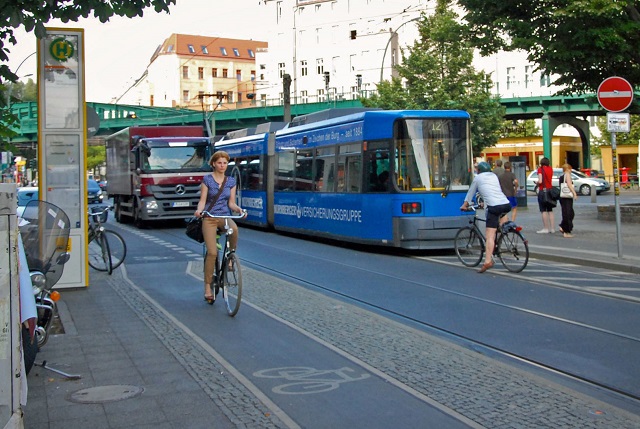
Electric vehicles may own the headlines, but our feet remain the most environmentally friendly means of travel, closely followed by bicycles, skateboards, scooters, tricycles and other active, non-motorized modes. Not only does zero-emission active mobility help protect the climate and lead to better air quality, it is beneficial to both our mental and physical health. Reduced emissions and safe, accessible walking and cycling networks are also a crucial pillar of making transportation systems around the world more equitable.
But in many cities and countries, vehicle users are still the ones prioritized. In Germany, vehicle user privileges include mileage allowance, company car benefits and energy tax rebates for diesel, all of which steer transport choices in the wrong direction and cost the country more than 15 billion Euros annually. The current German transport sector is not inter-generationally fair, gender-sensitive or environmentally friendly.
The German Environment Agency has developed an alternative vision for “tomorrow’s cities” outlining 10 wide-ranging measures to achieve a city of the future – one with less traffic, fewer cars, and fewer health and climate hazards. In this future city, space is more effectively utilized for sustainable mobility, recreation and living. Supporting active mobility and reducing private car usage is fundamental to this vision, which includes a target of having no more than 150 cars per 1,000 residents in bigger towns and cities.
To reach this target and promote active mobility across the country, Germany needs to ramp up policy and implementation efforts at all levels. Below, we look at where Germany’s active mobility strategies stand from the national level down to the local, and what needs to happen to boost walking and cycling across the country.
Germany’s National Strategies for Promoting Walking and Cycling
During the COVID-19 pandemic, 30% of Germans reported walking more than they did previously. But overall, walking has been on the decline. Only 22% of journeys in Germany are now undertaken on foot.
To help strengthen walking in Germany, the German Environment Agency published an ambitious national walking framework, setting out targets and recommendations needed to improve street conditions for pedestrians. These include incorporating “walkability” into planning and building regulations; reforming road traffic laws to facilitate walkability; and implementing longitudinal street crossings and other design elements to make streets safer. The framework also calls for walking to be better supported institutionally by setting out responsibilities for walking policy at the local, federal state and national level. Recently, the German government announced the development of a walking strategy, which will hopefully include these recommendations and help implement them across the country.
National conferences are also helping to raise awareness on the need for walking to be central to transport and urban development policy discussions. The German Environment Agency co-organized the second National Congress on Walking in 2018 which helped to re-establish the conference and led to last year’s online walking congress in Stuttgart and a planned fourth walking congress in Bremen in 2022. Given increased participation and media interest, the German Federal Ministry of Transport and Digital Infrastructure now intends to take over the organizing of the conference series on a two-year schedule.
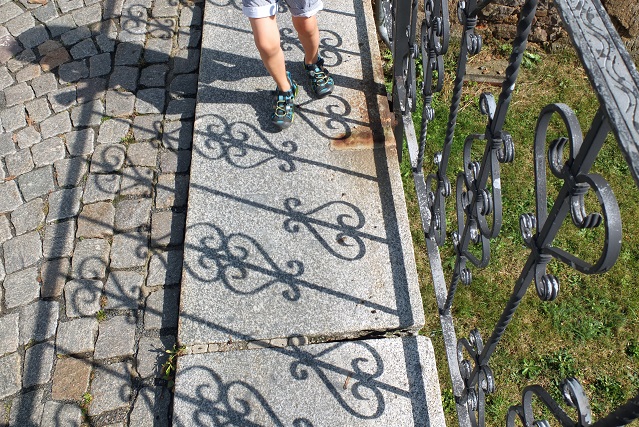
Cycling, despite being a more established policy topic than walking and receiving more funding in Germany, only accounts for 11% of all journeys in the country. However, cycling has also seen a considerable increase during the pandemic, with recent surveys showing that 25% of Germans have been cycling more often.
Yet there remains significant potential to replace car journeys with cycling, as more than 40% of all car journeys in Germany are less than 5 kilometers (3.1 miles) long. This potential is further increased by the arrival of e-bikes, which expand cyclists’ average range to about 10-15 km and more. The German Federal Ministry of Transport and Digital Infrastructure published its third National Cycling Plan which sets out areas for action and targets on a national level until 2030, such as building complete and safe cycle infrastructure that consists of interconnected networks with fast-track cycle routes. Among other targets, the plan also aims to strengthen commuting by bicycle and cycle tourism in economically underdeveloped regions.
Germany’s national efforts to promote walking and cycling are supported at the EU level by the Transport, Health and Environment Pan-European Programme, the PEP, an intersectoral policy platform for member states and other stakeholders that aims to develop and promote sustainable, healthy transport across Europe. The PEP also provides a Health Economic Assessment Tool, HEAT, to model the economic and health impacts of local walking and cycling projects.
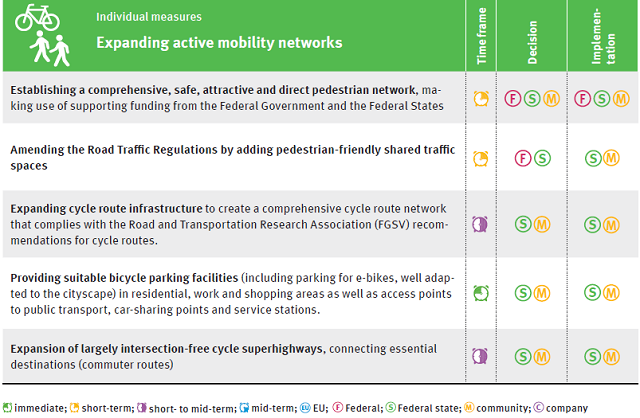
City-Level Efforts and Recommendations
Pedestrianized high streets in Cologne and Munich, pop-up bike lanes in Berlin and a transformed city square in Dessau-Roßlau are some of the best local-level examples in Germany of reorganizing existing road and public space to support walking and cycling. To help other municipalities implement similar measures, the German Environment Agency had commissioned a research project that analyzes best practice examples in Germany and assesses their impacts on active mobility, the local economy and livability, aiming to develop a manual that municipalities can use to transform their public space to support active transport.
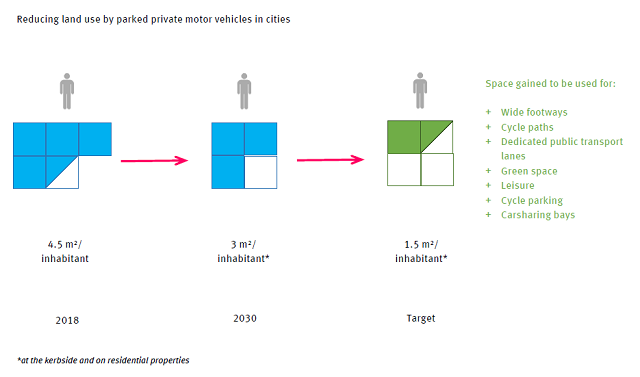
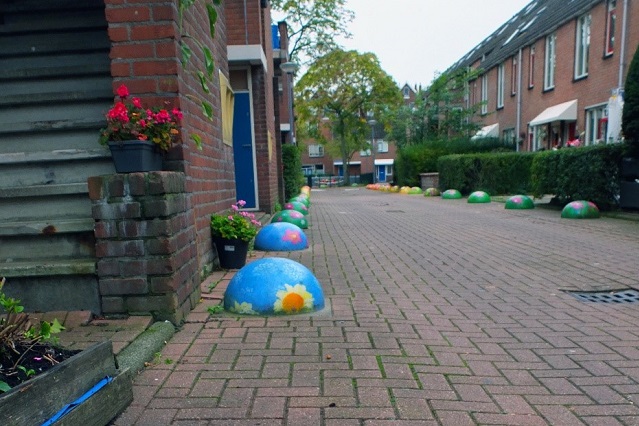
Taking this one step further, a collaborative research project on active mobility seeks to implement temporary and permanent residential street redesigns in Aachen, Cologne, Kiel and Leipzig to support walking and cycling. Initial results from Cologne show that two new mobility stations and the redesign of the Severinstraße and Friesenwall streets led to increasing numbers of cyclists and pedestrians in these areas.
Our research projects have found that, in addition to the right infrastructure, there are key factors in motivating people to walk or cycle: short travel times, supported by high urban density in residential areas; the availability of mobile phones and internet access; and the perceived safety of the route with regard to crime, not just street design.
To boost active mobility levels, federal, state and local authorities need to focus on developing safe, seamless and attractive cycle and footpath networks. Our projects concluded that a combination of “pull” measures – improving the accessibility of active mobility, for example – in combination with “push” measures – restricting and discouraging private motorized transport – is needed to effectively promote active mobility. This is a useful reminder for policymakers at all levels.
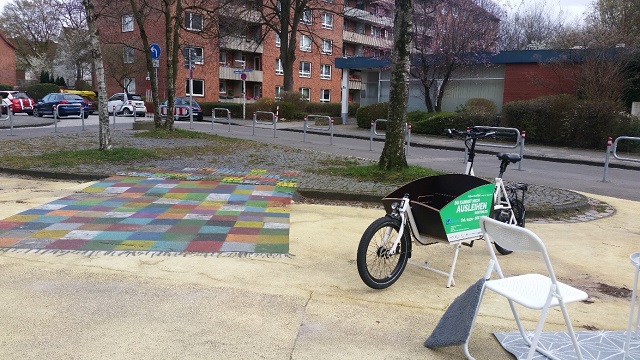
A key step for municipalities to start building up walking and cycling is drawing up and implementing a local strategy that shows how these modes can be promoted at the planning, infrastructure and communication levels. A recently developed manual on local walking strategies by the German by NGO FUSS e.V. recommends a host of steps for local authorities, from collecting sufficient local data on walking, to analyzing local walking conditions and residents’ needs, and integrating walking into planning activities. In the same set of projects supported by the German Environment Agency, FUSS e.V. supported local walking efforts by performing “walkability checks” in 12 German cities to assess walkability in specific neighborhoods and determine points for improvement.
Encouraging active mobility as a connector to public transportation is also critical to developing a citywide sustainable mobility system. To this end, it is essential to provide high-quality, accessible footpaths to and from public transport stops, as well as convenient interchanges between walking and public transport. Municipalities should work closely on these efforts with local transport companies, planning staff and other stakeholders. The German NGO VCD has set out recommended measures that include better maps of the surrounding area and signposting to public transport for pedestrians; lowered curbs and pavements at least 2.5 meters wide to improve safety and accessibility; and more pedestrian crossings and traffic islands. VCD has also developed templates for “public transport checks” to help planners, interested residents and others assess needs for improvements to their local bus or tram stops.
Promoting Active Mobility Going Forward
The German Environment Agency is continuing to strengthen active mobility in research, policy and implementation. Some of our current work looks at measures that indirectly boost cycling and walking, including modeling what happens when cities reduce their general speed limit to 30 kph (19 mph). The Agency will continue to support German NGOs and others in their efforts to boost active mobility and work to integrate our vision for more sustainable transport into broader visions of building a more sustainable, equitable society.
Tomorrow’s sustainable, compact, green city is possible – and boosting active mobility modes, alongside strengthening public transport, will be critical to their development. Whether you are a local resident who wants to persuade the city council to improve walking facilities along the local high street, a planner or a mayor who wants to assess the health benefits of new walking and cycling infrastructure, or a national government administrator keen to support walking across the country, the strategies and approaches to boosting active mobility are manifold. The important thing is to start now.
If you would like to know more about the work of the German Environment Agency in promoting active mobility, please contact Alena Büttner (alena.buettner@uba.de) and Manuela Weber (Manuela.Weber@uba.de).
Alena Büttner is Scientific Advisor at the German Environment Agency.
Manuela Weber is Technical Advisor at the German Environment Agency.






